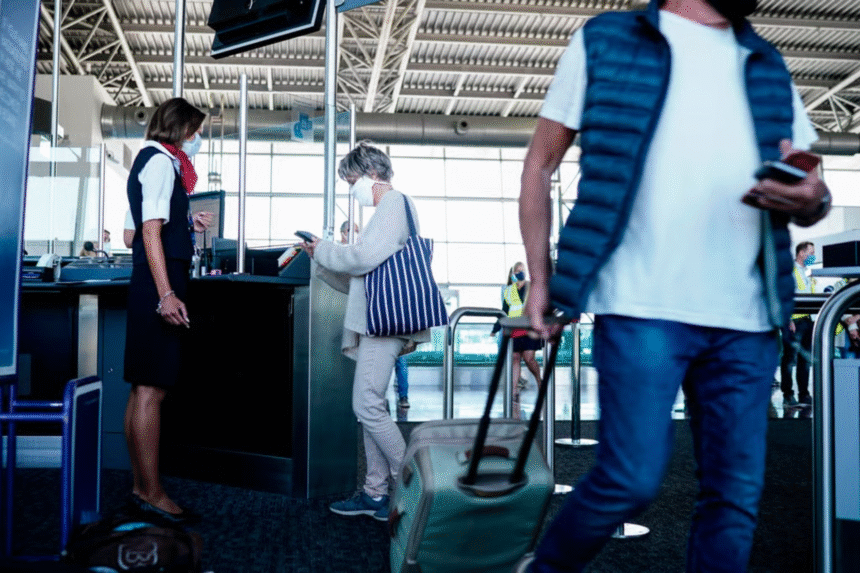Passengers arriving in the European Union (EU) from third countries on Sunday should prepare for long waits, as the new automated Entry/Exit System (EES) comes into effect.
“Airlines operating at major hubs have tight schedules, so even a few minutes’ delay at border control can disrupt flight connections,” said Montserrat Barriga, Director General of the European Regions Airline Association, according to Politico.
The system will be gradually implemented over six months, meaning not all border points will use it immediately.
Key Details:
- Non-EU nationals will need to spend more time with border officials or use self-service kiosks at airports, ports, and international railway terminals to provide fingerprints and photos.
- Within the Schengen internal borders, travelers won’t need to register again, as their data will be digitally used to record entries and exits.
- Biometric data will be stored in EES for three years, extended to five years if an exit is not registered.
- EES applies across all Schengen countries (EU countries, Iceland, Liechtenstein, Norway, and Switzerland), excluding Ireland and Cyprus.
- The system replaces manual passport stamping, allowing for automatic detection of overstays beyond the 90-day limit in any 180-day period.
“The Entry/Exit System is the digital backbone of our new common European framework for migration and asylum,” said Magnus Brunner, Commissioner for Home Affairs and Migration.
During the first six months, both the old and new systems will run in parallel, so travelers may need to go through both passport control and EES procedures. EES will become fully operational on April 10, 2026.
Implementation Concerns:
- National authorities are concerned about possible chaos, especially in France, which welcomed over 100 million visitors in 2024, making it the world’s most visited destination.
- EES may be temporarily suspended during the initial six months if queues are too long or technical problems arise.
Country-specific Rollouts:
- Only Estonia, Luxembourg, and the Czech Republic will have EES fully operational for all entries and exits on Sunday.
- In Germany, Düsseldorf Airport will implement EES first; Munich and Frankfurt airports will follow later.
- Italy: Rome (Fiumicino) and Milan (Malpensa) start Monday.
- Netherlands: Rotterdam Airport on October 27; Amsterdam Schiphol on November 3.
- Spain: Initially for one flight to Madrid on Sunday, expanding gradually.
- France: Employing 230 additional border guards across 120 Schengen entry points.
Airport Preparations:
- Brussels Airport: 61 self-service kiosks for EES registration.
The system aims to streamline border management, improve security, and reduce overstay violations, but travelers should expect delays during the transition.







